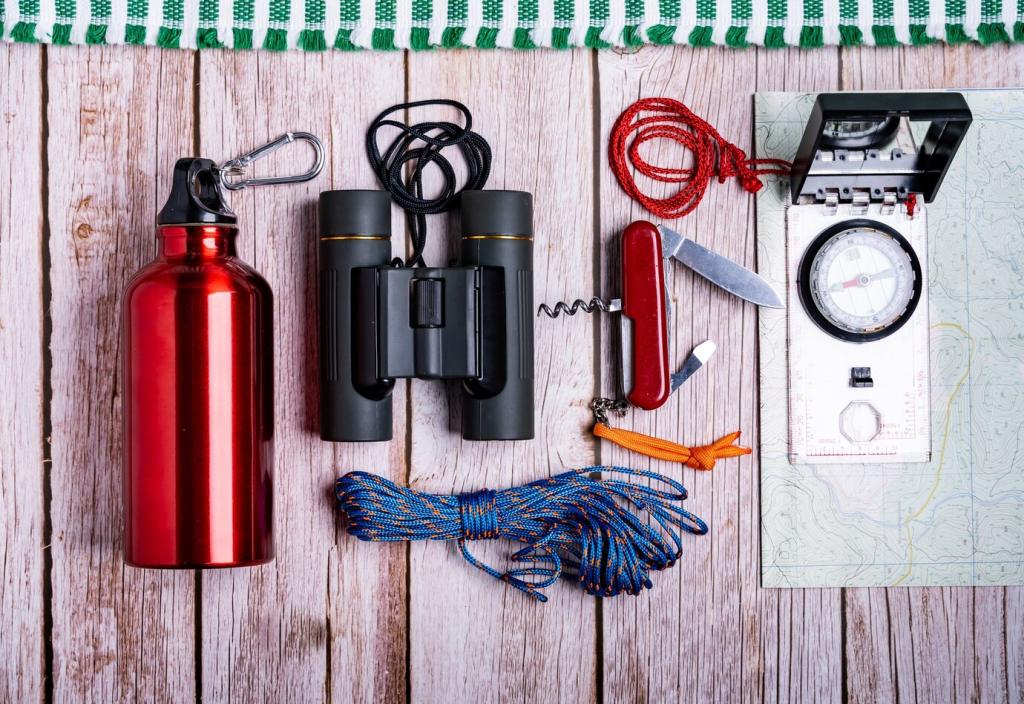Seasonal Mountain Hiking Gear Checklist: Be Ready for Every Summit
Chosen theme: Seasonal Mountain Hiking Gear Checklist. Welcome, trail friends! This home base is your friendly, inspiring guide to packing smart across spring, summer, autumn, and winter. From layers to lighting, traction to treatment, we turn checklists into confidence. Share your own must-carry items, subscribe for fresh gear tips, and let’s build safer, happier mountain days together.
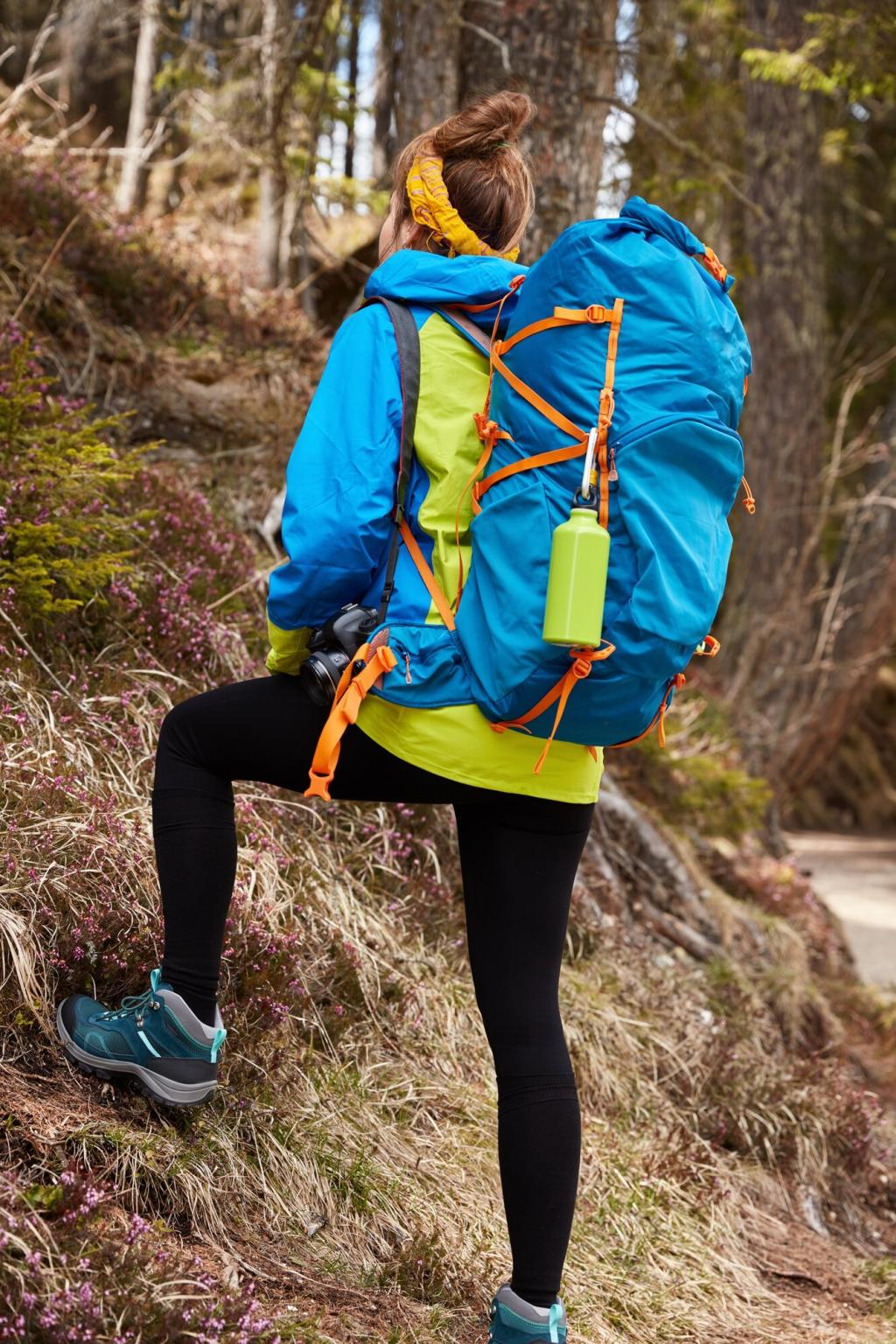
Summer High-Altitude Heat: Sun, Hydration, and Ventilation
Wear UPF long sleeves, sun gloves, and a wide-brim hat or cap with a neck cape. Sunglasses with high UV protection reduce snowfield glare above treeline. Reapply broad-spectrum sunscreen often and invite friends to share their favorite sweat-proof formulas.

Autumn Transitions: Unpredictable Weather Strategy
Check forecasts and pack a waterproof-breathable shell, pack cover, and dry bags. Cold fronts can move quickly, dropping temperatures dramatically. Comment with your top autumn forecast tools, and let others learn from your shoulder-season planning wins.
Autumn Transitions: Unpredictable Weather Strategy
A synthetic or hydrophobic down jacket pairs nicely with a grid fleece for hiking comfort. Add a thermal beanie and liner gloves. These small items deliver big warmth for minimal weight, especially when winds rise along open ridgelines at dusk.
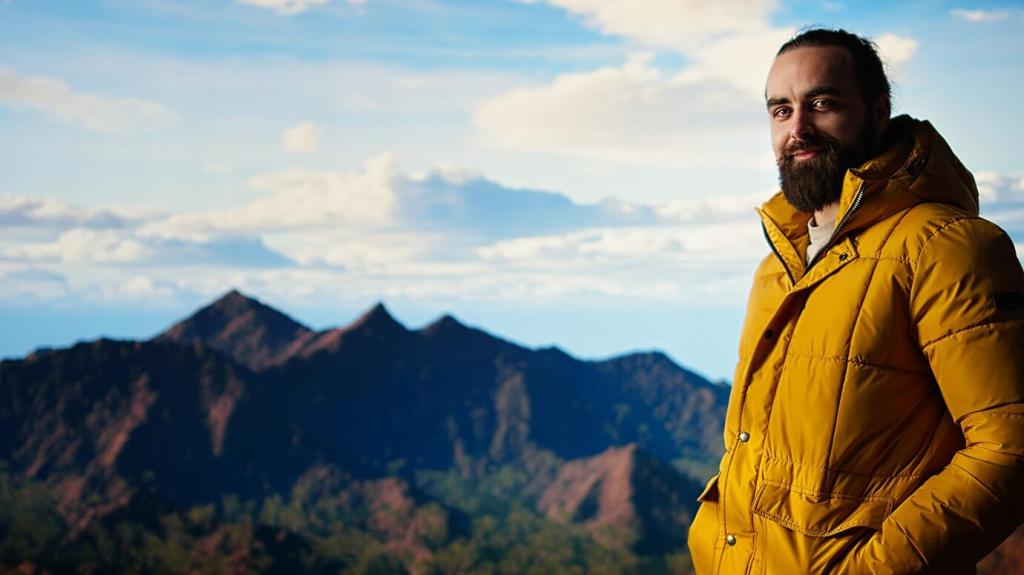
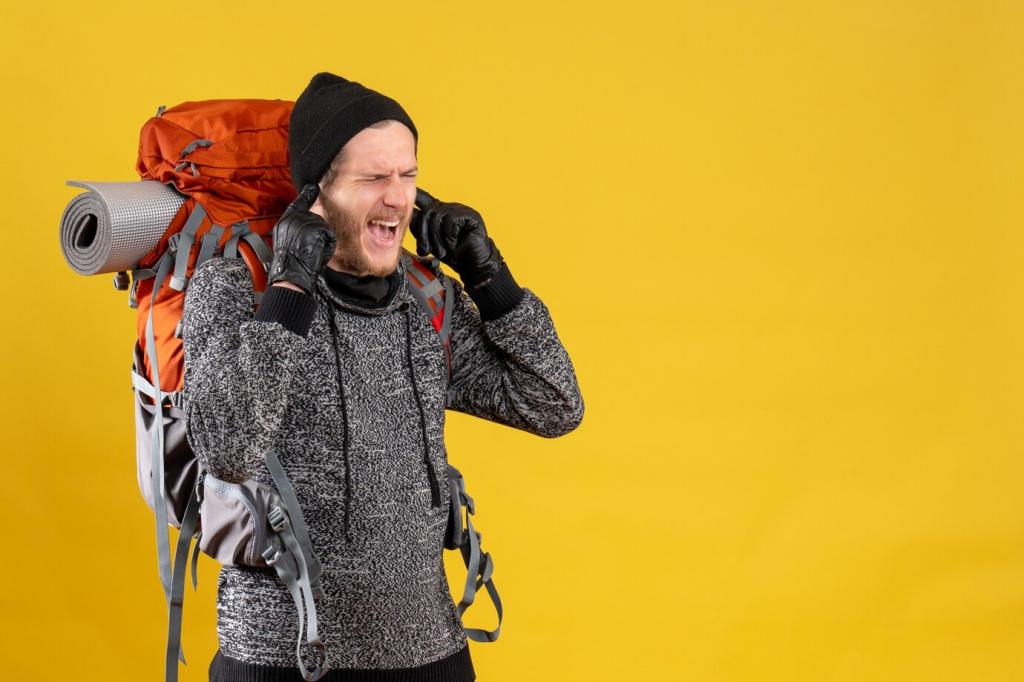

Insulation systems: base, mid, shell
Use a thermal base, lofted midlayer, and windproof, waterproof shell. Add an oversized belay jacket for long stops. Keep spare gloves and socks sealed dry. Tell us your warmest glove combo, and subscribe for a printable winter layering matrix.
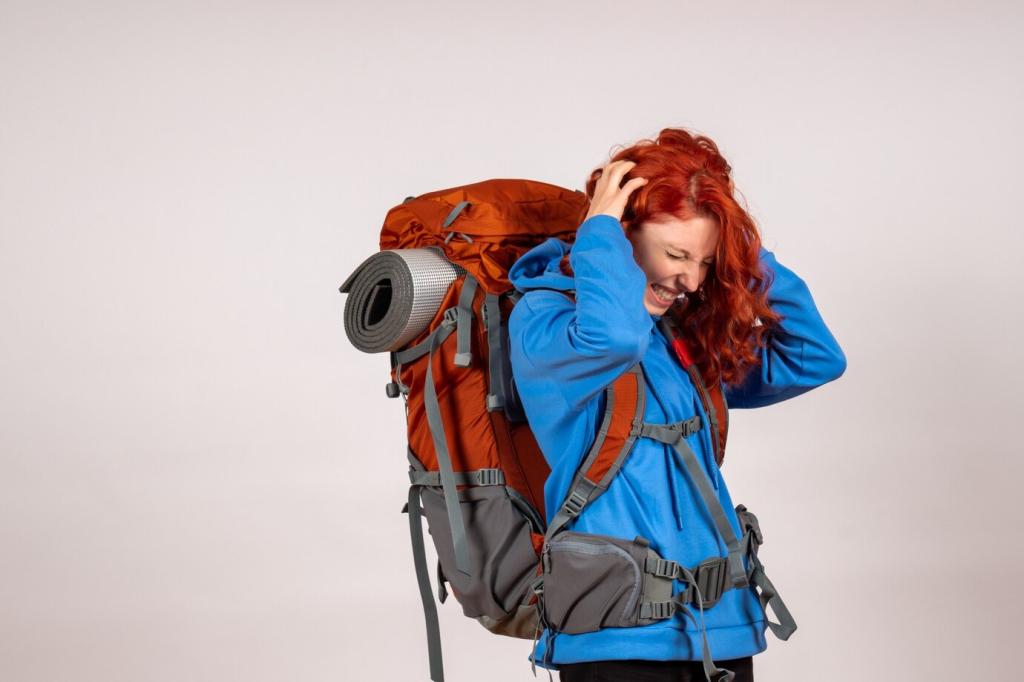
Traction: microspikes, crampons, snowshoes
Match traction to terrain: microspikes for packed trails, crampons for steep ice, snowshoes for deep powder. Don’t forget adjustable poles and baskets. Practice transitions at home to stay efficient when wind and cold drain your dexterity on exposed slopes.
Universal Essentials: Navigation, First Aid, and Communication
Navigation redundancy
Carry a paper map, compass, and a fully charged GPS or offline-capable phone app. Store map in a waterproof sleeve. Practice bearings before trips. Share your most reliable mapping apps and subscribe for our printable navigation refresher guide.
First aid for alpine realities
Stock blister care, elastic wrap, wound closures, pain relief, antihistamines, and emergency meds if needed. Add a small trauma dressing. Customize for partners. Tell us what you actually used this year, and we’ll refine the checklist for everyone.
Communication and power
Bring a charged power bank, cable, and a satellite messenger where reception drops. Preload emergency contacts and routes. Protect batteries from cold. Comment with your messenger model and average battery life during multi-day high-elevation trips.
Footwear by Season: Soles, Socks, and Blister Prevention
Stickier rubber excels on wet rock but can wear faster on summer scree. Deep, spaced lugs shed mud in spring and autumn. For winter, pair boots with rigid soles compatible with traction devices to maximize security on icy traverses and steep approaches.
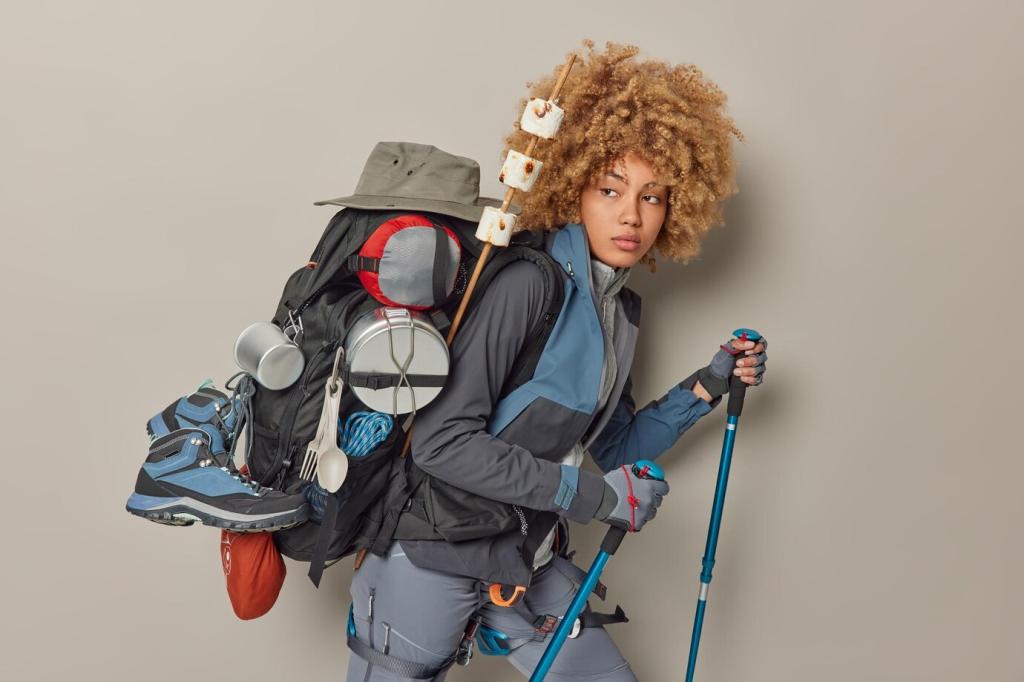

Footwear by Season: Soles, Socks, and Blister Prevention
Use thin liners plus cushioned wool socks to reduce friction while managing sweat. Swap to dry pairs during long breaks. In winter, add vapor barrier liners if cold-prone. Share your favorite sock combo, and subscribe for our seasonal sock thickness guide.
